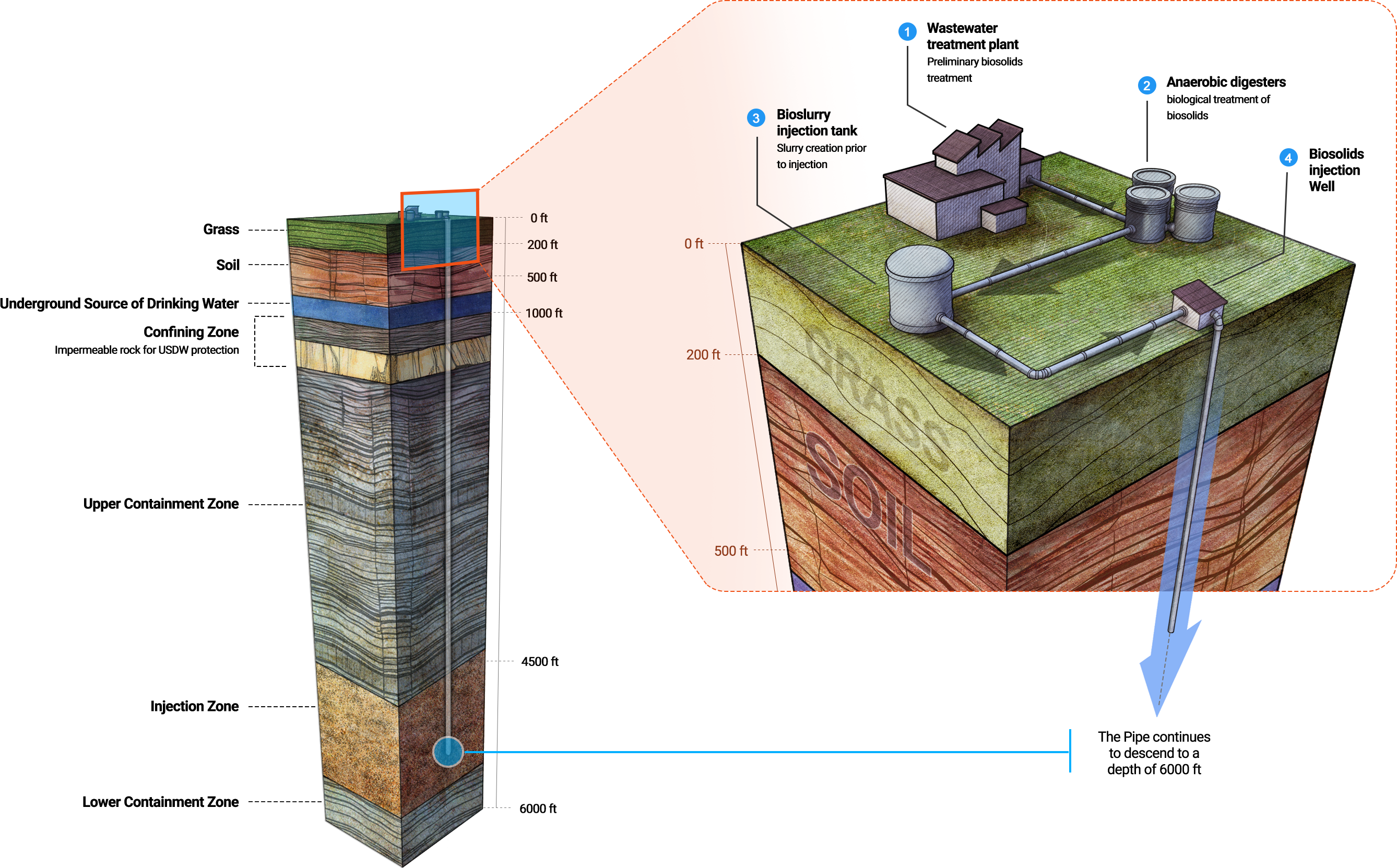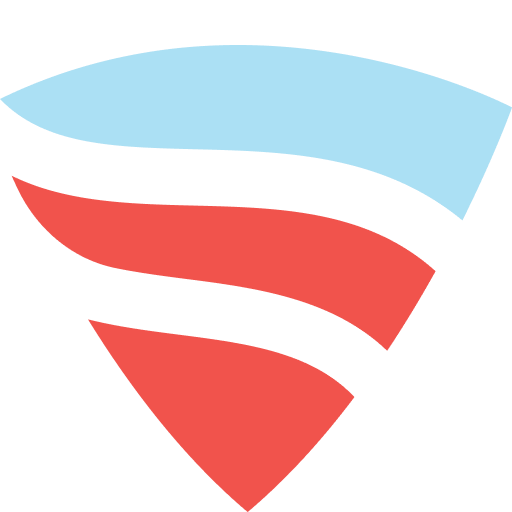Advantek®‘s Terminal Island Site
The Terminal Island Site is operated by our partner, Advantek Waste Management Services, who commercialized our core technology (and spun out Vaulted). Vaulted takes Advantek’s mature slurry injection technology and applies it to organic waste and carbon removal.
Start date: 2008
Annual volume: 65,000 tons
A scalable solution for a big city
Advantek’s Terminal Island Site (TIRE) was the first full-scale facility in the U.S. to inject biosolids (treated sewage sludge) deep below the surface for safe disposal. Located within the City of LA’s Terminal Island Water Recovery Plant, the site has the capability to process 100% of all the biosolids produced by the city every single day for the next 100 years and beyond.
15+ years of proven safe operations
storing 20% of the City of Los Angeles’ biosolids deep underground

Secure operations in sensitive geology
Currently takes 20% of the biosolids in LA, withover 500K tons of biosolids injected to date and no leaks.
The biosolids have undergone both aerobic and anerobic digestion, which helps, but doesn’t finish the job.
Permitted by the federal EPA in 2008, renewed in 2022 with a comfort letter from the federal EPA as a permanent, safe endpoint.
Designed and rigorously monitored by the EPA to prevent causing seismic activity even while operating in one of the most naturally seismically active regions in the country.
